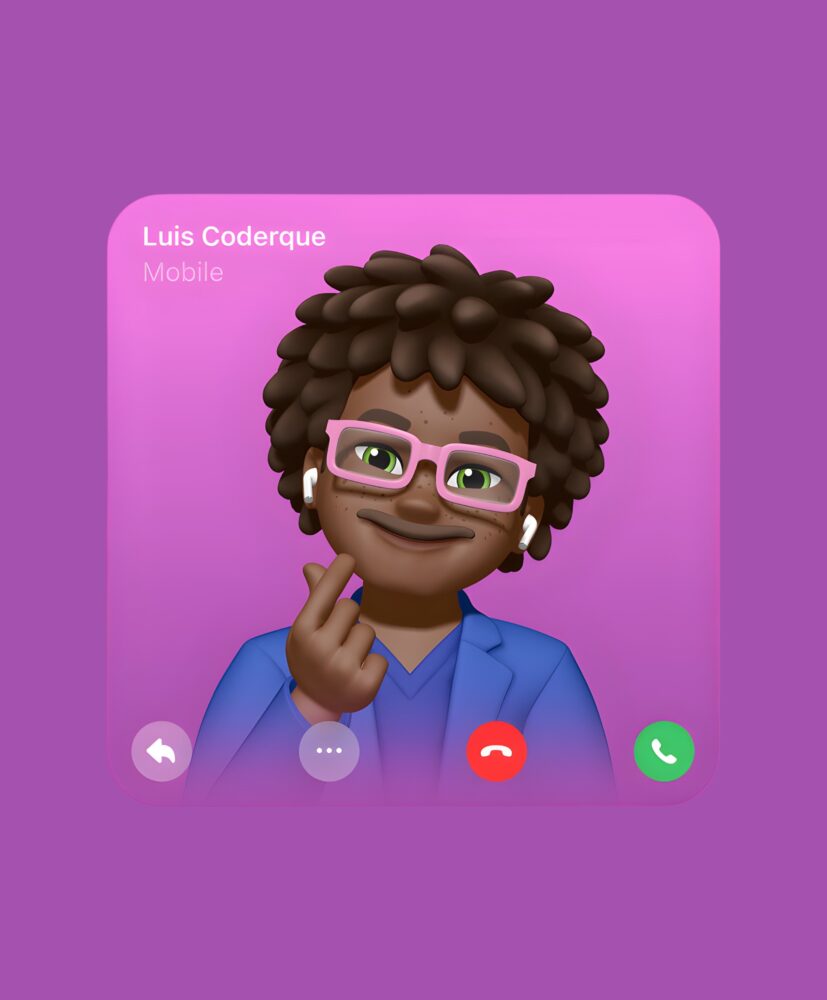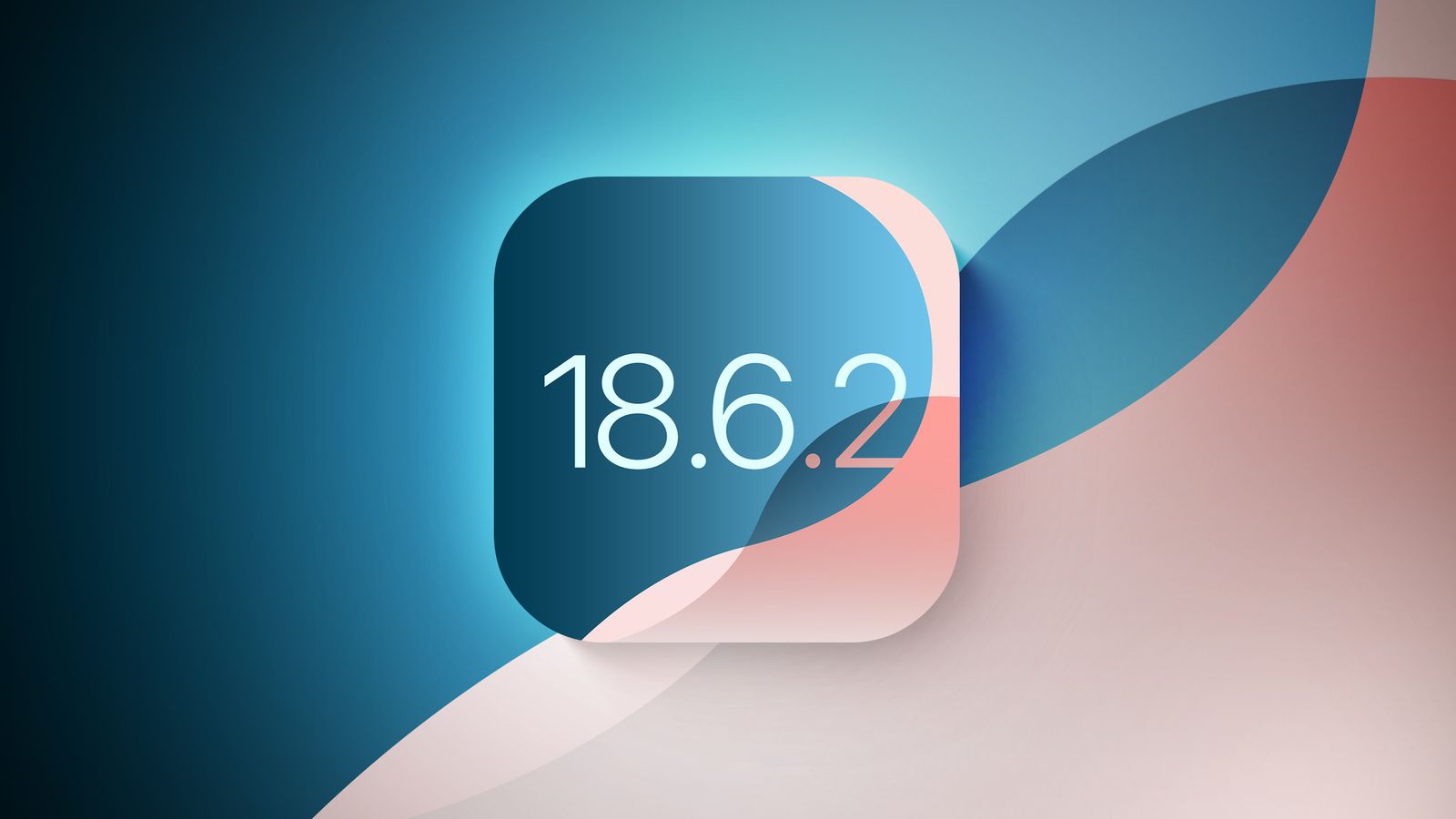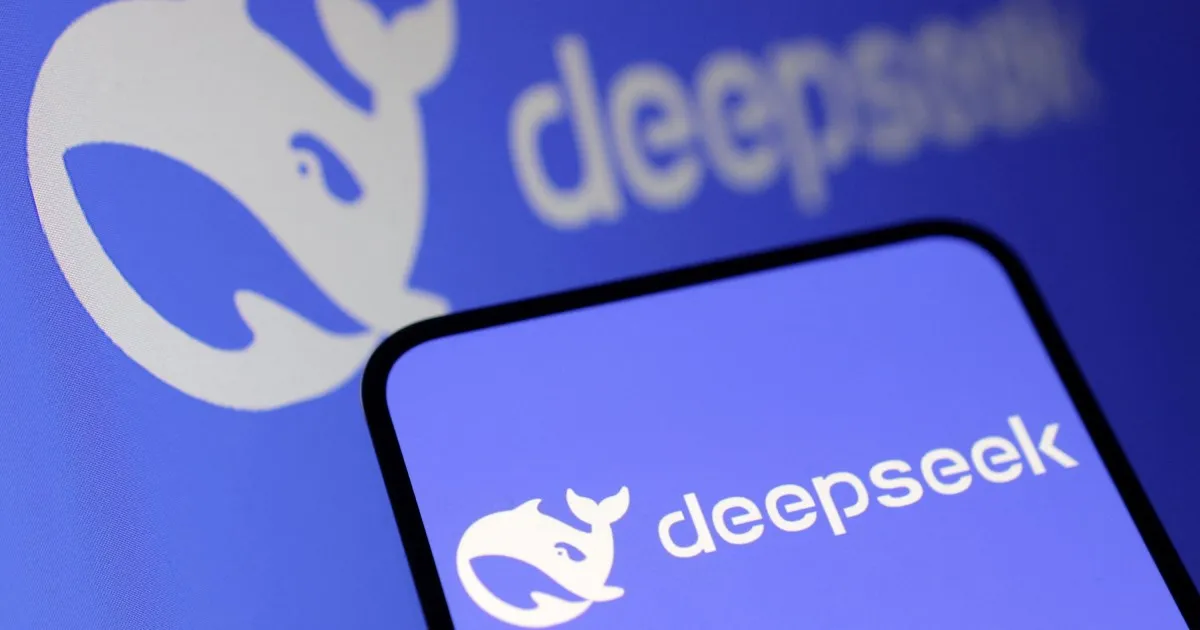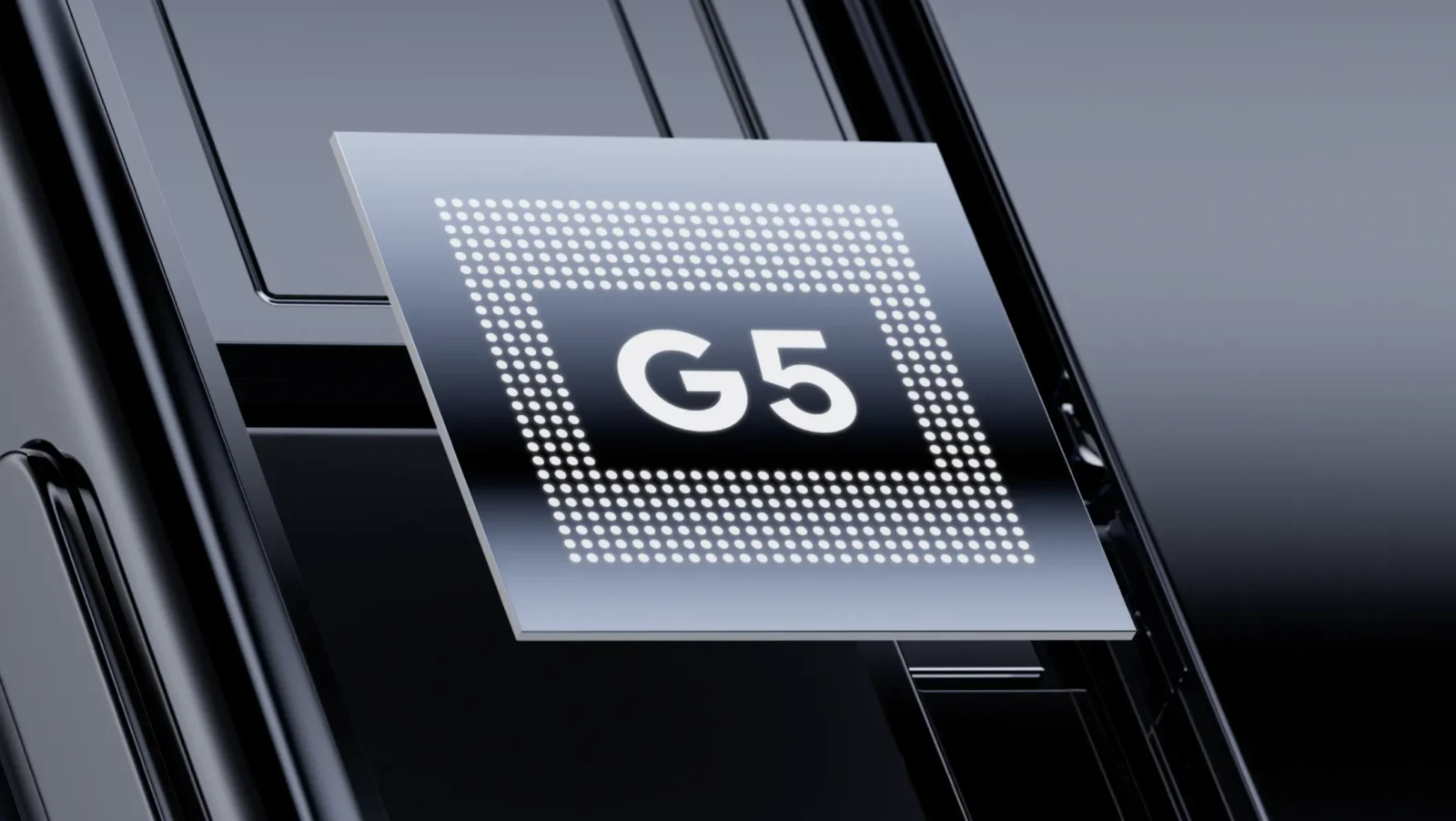Apple’s macOS 26 Tahoe is the latest update to the company’s desktop operating system, and it’s shaping up to be one of the most substantial overhauls for Mac in years. First revealed at WWDC 2025, Tahoe is now available in a public beta, giving testers a look at its redesigned interface and expanded feature set. A full release is expected this fall, likely coinciding with Apple’s iPhone event in September.
What makes this release notable isn’t just the new look but also the way it deepens the integration between macOS and Apple’s other platforms, particularly the iPhone. From Spotlight’s expanded role to the arrival of the Phone app on Mac, macOS Tahoe blurs the line between desktop and mobile more than ever before.
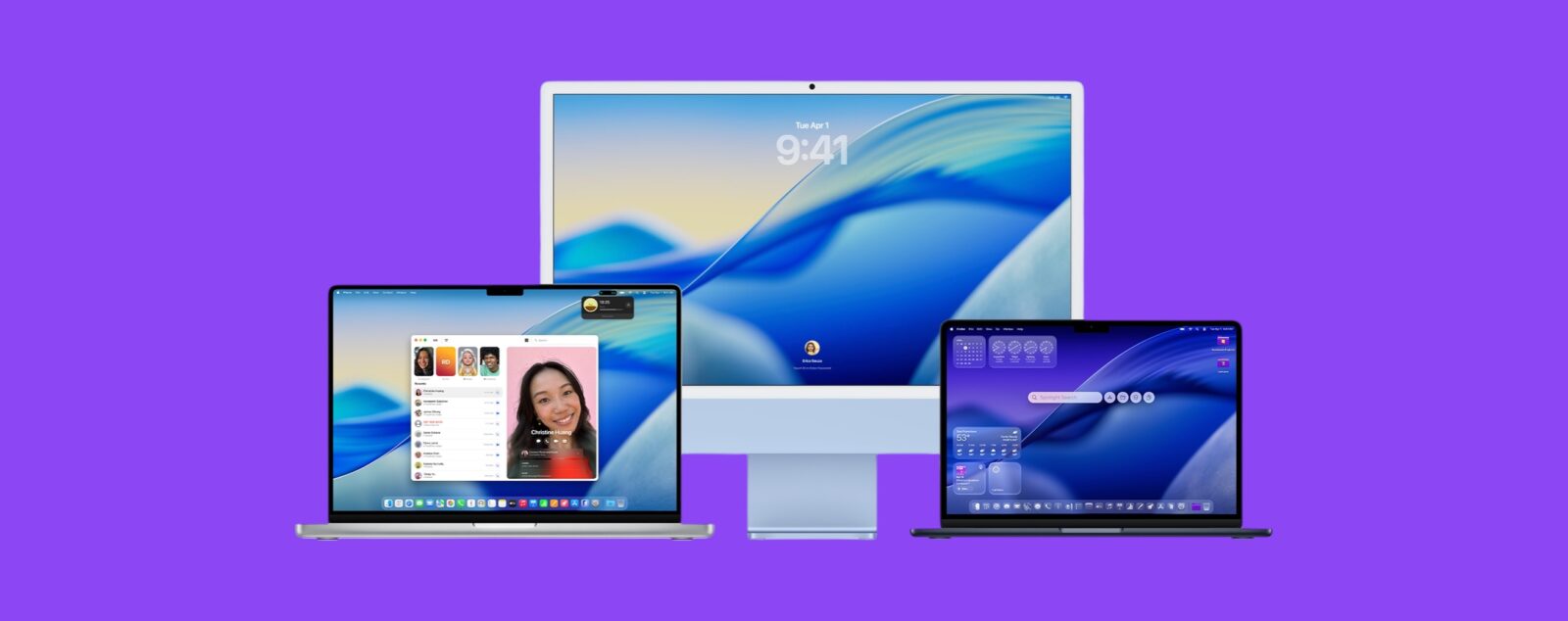
A New Design Language: Liquid Glass
The most immediately visible change in macOS 26 Tahoe is its new Liquid Glass design. Apple describes it as an interface inspired by how light bends and refracts through curved glass. In practice, it means more transparency, softer shadows, and layered UI elements that give depth across apps, Control Center, and system menus.
Design changes in macOS have often sparked divided opinions—Skeuomorphism to Flat, Flat to Big Sur’s rounded iconography—but Tahoe represents Apple’s effort to unify the visual identity across all platforms. The same Liquid Glass style is already being rolled out on iOS 19 and iPadOS 19, so Mac users moving between devices will see more continuity.
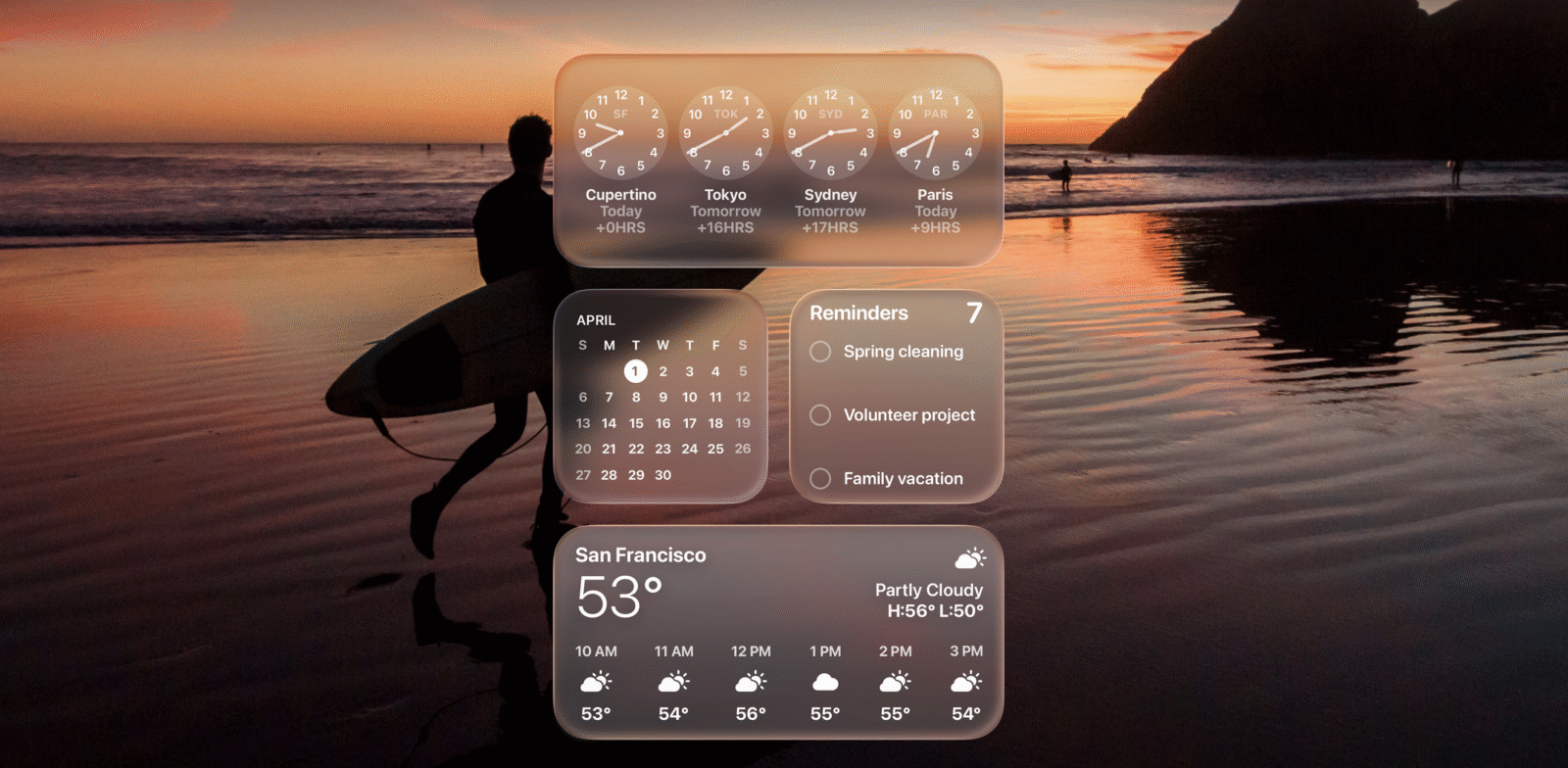
Still, this isn’t just cosmetic. The translucent panels improve contextual layering, making background and active windows more distinguishable, while animations are smoother thanks to optimizations tied to Apple silicon performance.
Spotlight Becomes the Core Productivity Hub
While the design shift is striking, the Spotlight overhaul in macOS Tahoe is arguably the most important functional change. For years, Spotlight has been a search tool. Now, it has been expanded into a productivity hub that goes well beyond indexing files.
- Native Clipboard Manager: At last, Mac users get a system-wide clipboard history directly inside Spotlight. Instead of relying on third-party apps, you can now search through previously copied text, images, and links.
- Smarter Search: Results are context-aware, pulling not just files and emails but also events, contacts, and app actions in a single view.
- App Intents: Spotlight can now trigger specific app commands without opening the full app. For instance, typing “Send” could suggest drafting an email in Mail or composing a message in iMessage.
- Quick Keys: A major new addition, Quick Keys let you assign custom shortcuts to Spotlight actions. Typing a chosen code word (like “Br” for brightness) executes preset tasks instantly.
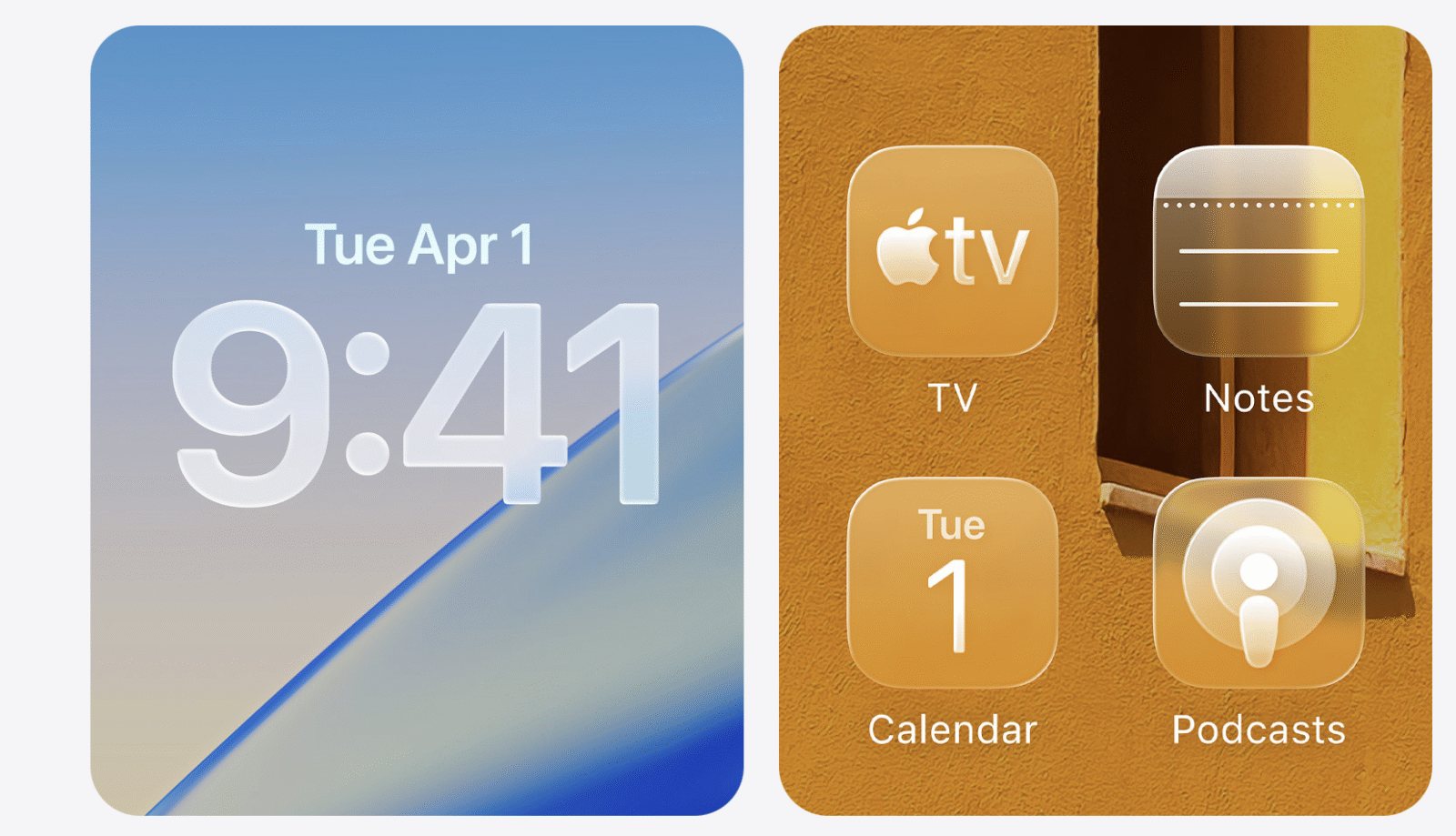
This shift essentially makes Spotlight a command center for macOS, combining search, actions, and workflow automation into one place. It’s Apple’s attempt to put more power into the hands of advanced users while making routine tasks simpler for everyone else.
iPhone Features Arrive on Mac
Another big step forward in macOS 26 Tahoe features is the arrival of full iPhone calling tools on Mac. The new Phone app integrates call screening, spam detection, and Apple’s Hold Assist feature, which automatically waits on hold and alerts you when a call is ready. Previously, these tools were exclusive to iOS.
In addition, Live Activities, first seen on iPhone’s Dynamic Island, are now part of macOS. Live updates for sports scores, ride-sharing apps, delivery tracking, and other ongoing activities can now sit persistently in the Mac’s interface, reducing the need to keep checking your phone.
These cross-platform features mark a clear push by Apple to reduce the friction between devices, reinforcing the idea that your Mac and iPhone are two halves of the same workflow.
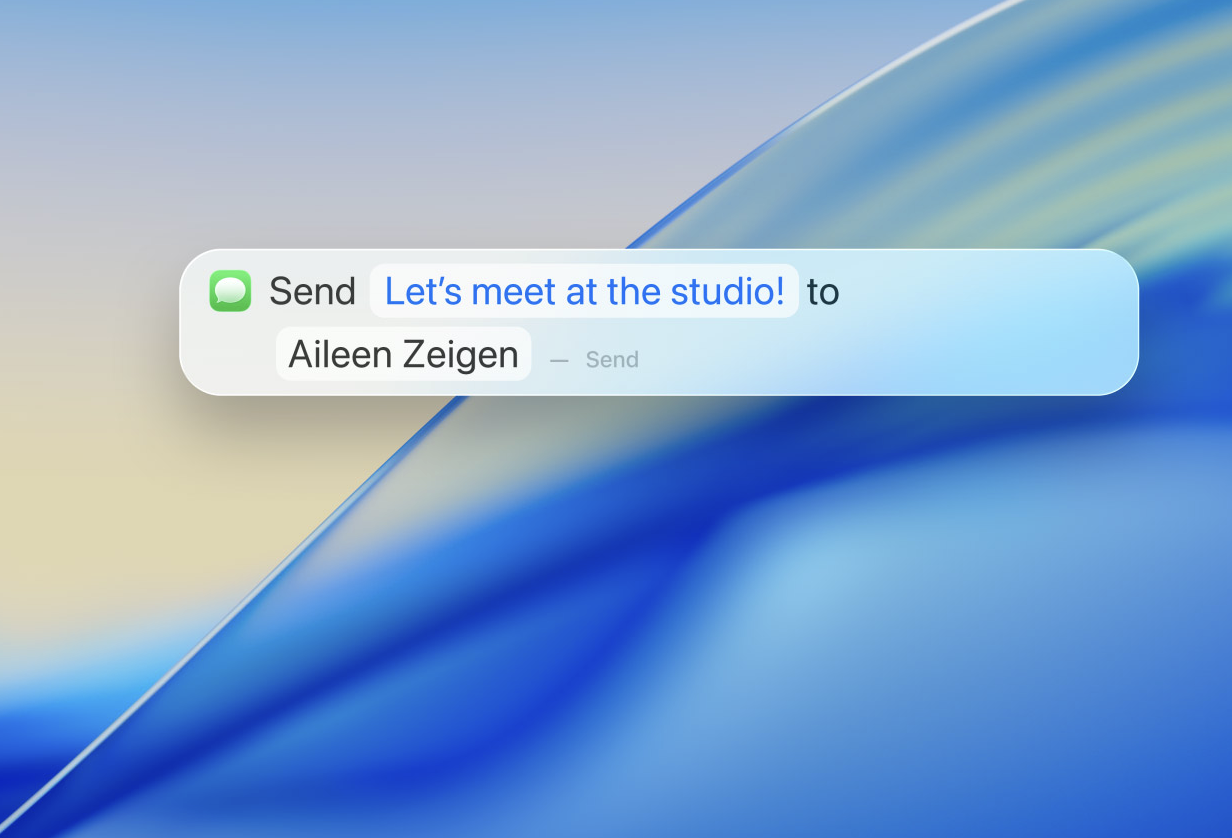
Control Center and Unified Design Across Apple Devices
Apple has gradually worked to unify the look and feel of its platforms, and macOS Tahoe makes another step in that direction. The Control Center now mirrors its iOS counterpart almost exactly, with familiar toggles for connectivity, media playback, and display settings. It’s customizable as well, allowing Mac users to pin the tools they use most often.
For those accustomed to iPadOS multitasking and customization, Tahoe feels instantly familiar. Widget placement, live activity indicators, and even the notification panel all take cues from Apple’s mobile platforms.
Expanded App Updates and Apple Intelligence
Beyond system-level features, several built-in apps receive meaningful updates:
- Journal: Apple’s well-being and reflection app comes to Mac for the first time. Entries sync across devices, allowing seamless journaling between iPhone and Mac.
- Photos: The app gets a refreshed design with improved navigation and new machine learning features for categorizing events.
- FaceTime: Calls now display in a tiled layout, improving group video chat organization.
- Notes: Gains Markdown import support and new organizational tools.
- Reminders: Now integrates with Apple Intelligence, Apple’s AI-powered productivity framework, allowing smarter suggestions and task organization.
- Games App: macOS Tahoe introduces a dedicated hub for games, consolidating Apple Arcade and third-party titles into one place. This coincides with support for Metal 4, Apple’s latest graphics API, promising better performance and more advanced rendering capabilities for gaming and creative software.
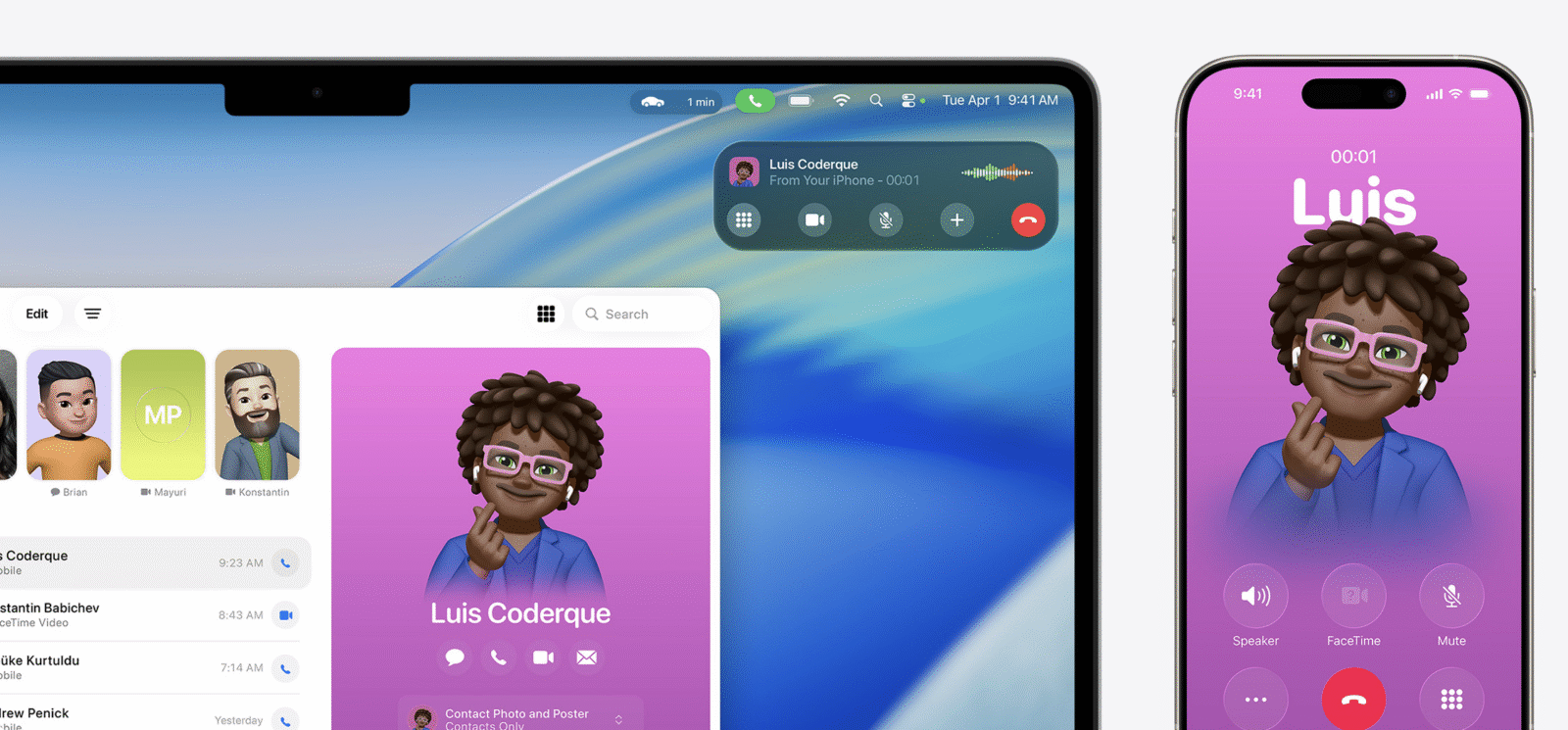
Device Compatibility
The good news for users is that macOS 26 Tahoe supports Macs going back to 2019, meaning the upgrade path is fairly generous by Apple’s standards. The full list includes:
- MacBook Air (2020 and later, Apple silicon models only)
- MacBook Pro (2020 and later, Apple silicon)
- MacBook Pro 16-inch (2019)
- MacBook Pro 13-inch with four Thunderbolt 3 ports (2020)
- iMac (2020 and later)
- Mac mini (2020 and later)
- Mac Studio (2022 and later)
- Mac Pro (2019 and later)
In short, if you own a Mac released in the last five years, chances are you’ll be eligible.
Beta Testing and Release Timing
The macOS Tahoe beta is already available to anyone enrolled in Apple’s Beta Software Program. As with previous releases, Apple recommends avoiding installation on a primary work machine, since pre-release builds can carry performance issues or app incompatibilities.
The stable release of macOS 26 Tahoe is expected in September 2025, aligning with Apple’s traditional fall hardware showcase. That timing suggests Tahoe could debut alongside new M4-powered Macs and iPhones, completing Apple’s seasonal rollout.
Why “Tahoe”?
Apple’s naming tradition for macOS continues with this release. Like Sequoia and Ventura before it, macOS Tahoe draws its name from a California landmark—in this case, Lake Tahoe, a vast freshwater lake in the Sierra Nevada known for its clarity and natural beauty. The branding underscores Apple’s preference for tying macOS identity to iconic geographic landmarks rather than numbers alone.
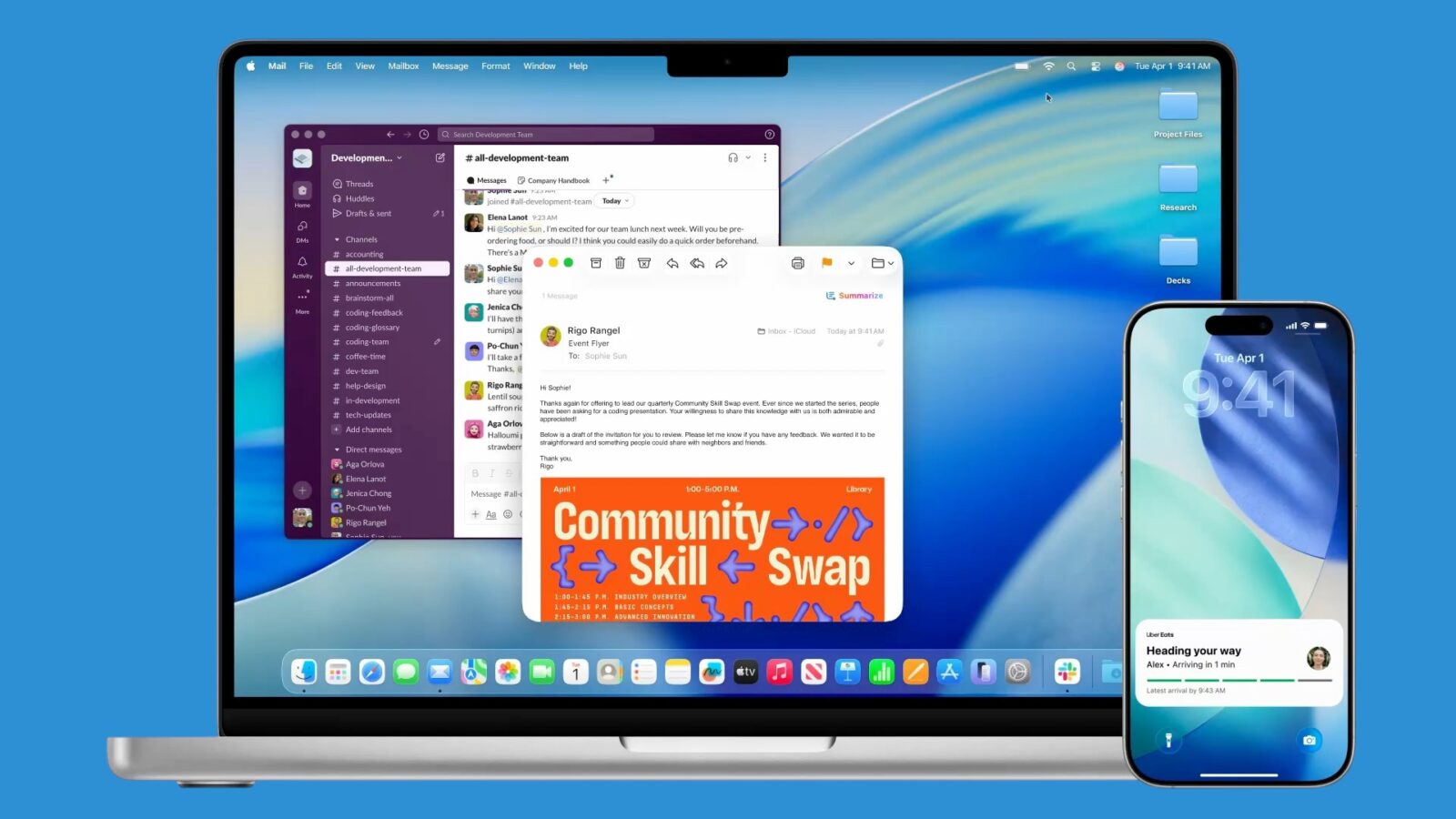
Final Thoughts
The arrival of macOS 26 Tahoe marks an important moment for Mac users. The update isn’t just about a new visual style—it pushes Spotlight into the role of a full productivity engine, brings long-requested features like clipboard management natively, and finally extends iPhone-exclusive tools like Call Screening and Live Activities to the desktop.
With expanded app updates, Metal 4 gaming support, and tighter synergy across iPhone, iPad, and Mac, Tahoe feels like Apple’s most ambitious macOS release since the transition to Apple silicon. While the Liquid Glass design may take time for users to embrace, the underlying productivity and system changes ensure Tahoe will likely be one of the most impactful updates in recent memory.
As the public beta continues through the summer, more refinements will arrive, but for most Mac owners, the real wait will be for the stable release this September—when macOS Tahoe officially becomes the new standard for Apple computing.

